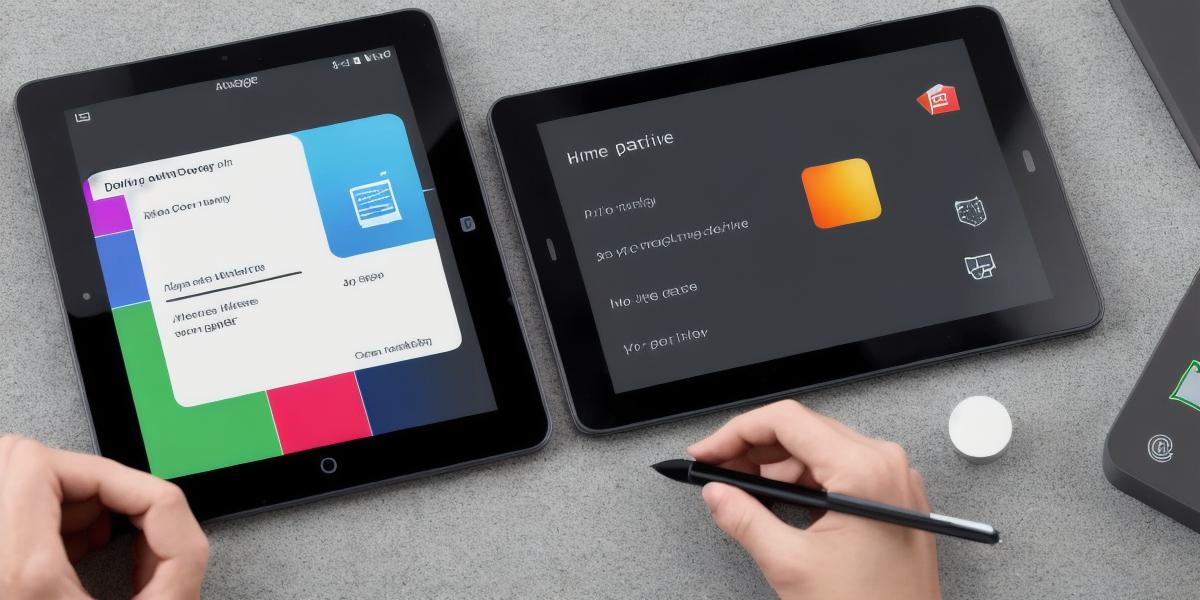Mobile games have become a significant part of our daily lives, providing us with endless entertainment and excitement. As a mobile game developer, creating an engaging experience is key to keeping players coming back for more. In this article, we’ll explore some design principles and best practices to help you create an engaging mobile game app.
1. Understand Your Audience
The first step in creating an engaging mobile game app is understanding your audience. Conduct thorough market research to identify your target demographic and their preferences.
For instance, are they casual or hardcore gamers?
What genres do they prefer?
What devices do they use?
By answering these questions, you can tailor your game design to meet the needs and expectations of your audience.
2. Design for Usability
Usability is a crucial factor in creating an engaging mobile game app. Ensure that your game’s user interface (UI) is intuitive, easy to navigate, and visually appealing. Use clear and concise language in menus and buttons, and provide helpful tooltips for new users. Additionally, make sure your game runs smoothly on various devices and handles common errors gracefully.
3. Create an Immersive Game World
An immersive game world is essential to keeping players engaged. Design a rich and detailed environment that draws players in and encourages exploration. Use high-quality graphics, sound effects, and music to create an immersive experience. Additionally, incorporate engaging storylines or narratives to captivate the player’s imagination and keep them invested in the game.
4. Implement Addictive Game Mechanics
Addictive game mechanics are a must-have for creating an engaging mobile game app. Reward players with points, achievements, or power-ups to encourage continued play. Use progression systems and milestones to provide a sense of accomplishment and keep players motivated. Additionally, incorporate elements of surprise and uncertainty, such as random rewards or challenges, to maintain interest and excitement.

5. Incorporate Social Features

Social features can significantly increase player engagement and retention. Allow users to connect with friends and compete against one another. Implement achievements or leaderboards to encourage healthy competition and foster a sense of community. Additionally, incorporate sharing options on social media platforms to allow players to show off their accomplishments and attract new players.
6. Offer Ongoing Support and Updates
Lastly, provide ongoing support and updates for your mobile game app to keep players engaged and interested. Regularly release new content, such as levels or challenges, to keep the game fresh and exciting. Address bugs and technical issues promptly to maintain a positive user experience. Additionally, listen to player feedback and incorporate suggestions into future updates to show that you value their input.
In conclusion, creating an engaging mobile game app requires a deep understanding of your audience, usability principles, immersive game worlds, addictive game mechanics, social features, and ongoing support. By following these design principles and best practices, you can create a mobile game app that keeps players coming back for more.
